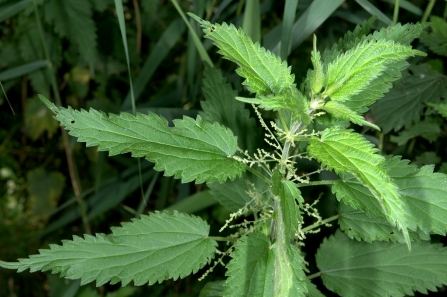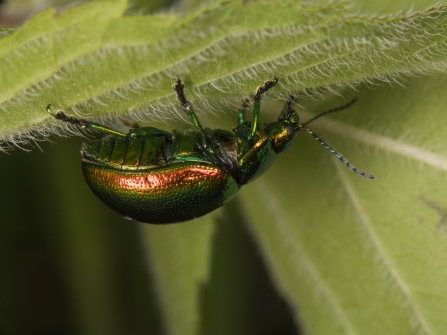One of the most striking wildlife news headlines of 2017 appeared in August, New grass snake identified in the UK. When the BBC explained that this new species, Natrix helvetica, brought the number of British native snakes to four, I became suspicious.
As a geeky teenager I’d learnt the names of British reptiles, and knew our grass snake as Natrix natrix helvetica (Lacépède, 1789), a western subspecies of the wide-ranging Natrix natrix. Sure enough, it turns out that new research has simply reclassified our western grass snake as a full species, because DNA analysis showed that where the western and eastern ‘subspecies’ overlapped, they rarely bred. It’s a good scientific paper, and is well explained by the Cambridge and Peterborough Reptile and Amphibian Group. So Britain’s ‘new’ species was actually described in 1789 - not very new news!
The media also garbled the description of the beasts: they differ slightly in the dark stripes that give ‘our’ species its common name of barred grass snake, but the background colour and conspicuous yellow ‘collar’ are the same. Interestingly, the genetic study did reveal a couple of eastern grass snakes in Britain, perhaps introduced through the pet trade, but it's not clear if they are established and breeding.



